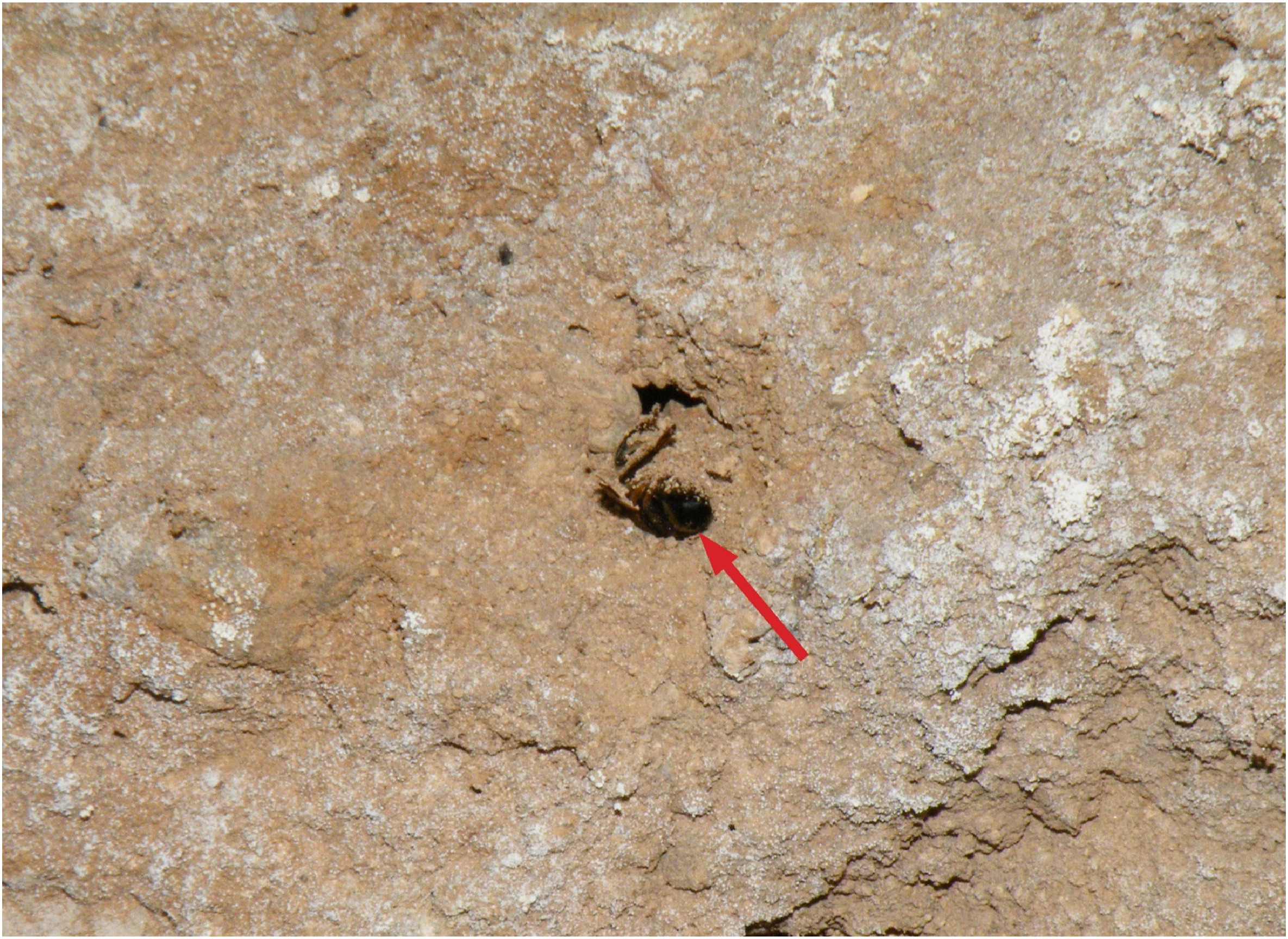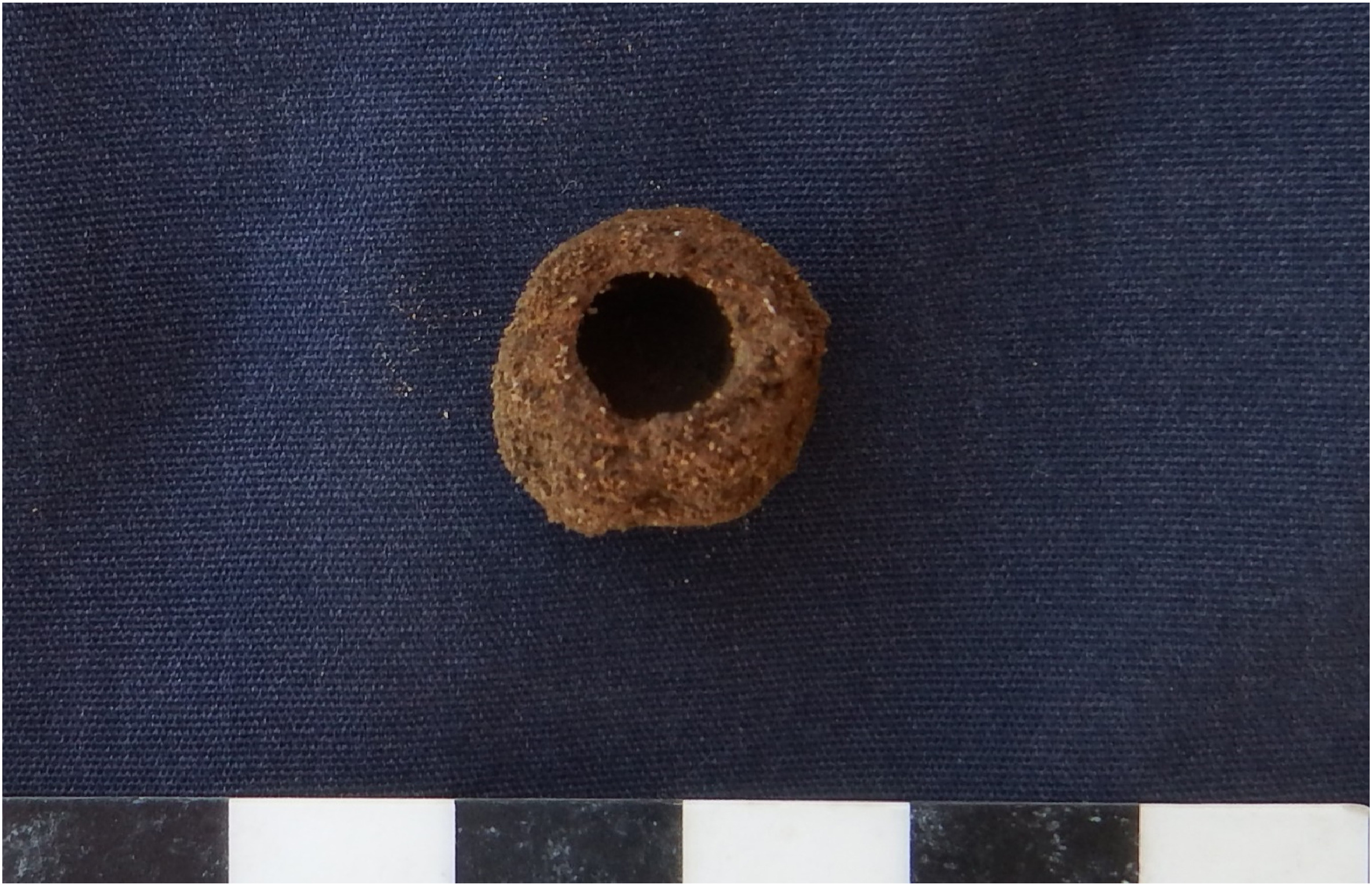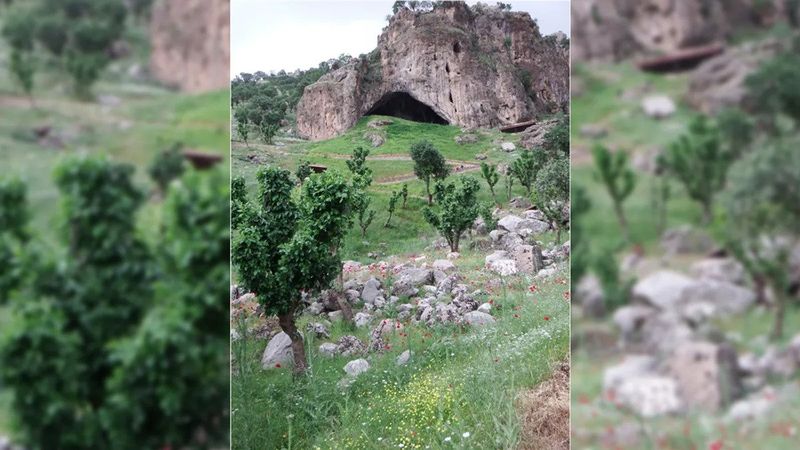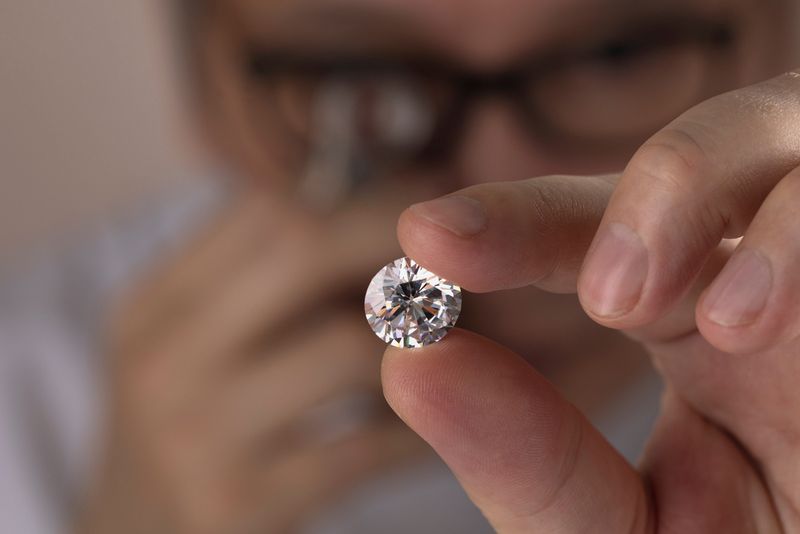A flowery mystery has been puzzling scientists at Shanidar Cave, a rocky outcrop located on Bradost Mountain within a long mountain range in the Kurdistan Region of northern Iraq, where a Neanderthal grave was found stuffed full of pollen. While some believed it to be evidence of cultural funerary practices among Neanderthals, others thought it must be animals, and now research is suggesting a new contender: bees.
Nine Neanderthal skeletons were found buried in Shanidar Cave during excavations in the 1950s and 60s, with a further body being discovered in a later dig. The number of remains and their organization appear to resemble a Neanderthal graveyard, with one individual having seemingly been laid to rest with a significant amount of pollen.
The discovery had many questioning if it was evidence of a grand burial ritual, indicating this individual was of great significance, perhaps even a shaman. If true, it would indicate Neanderthals shared empathic characteristics with Middle Palaeolithic Homo sapiens.
However, many have contested the claim, arguing that the pollen may have been deposited by animals dragging flowers to their burrows. Palynology may have solved the mystery, an area of science concerned with the study of plant pollen, spores, and microscopic plankton in both their living and fossilized forms.
The pollen clumps found around the grave were a mixture of species that were unlikely to be in bloom at the same time, say the researchers behind a new review of the Shanidar Cave evidence. They are also more mixed than you would expect had whole flowers been placed into the grave, indicating the pollen arrived via a different vector.
Animals had been suggested, but again this was in the context of them transporting whole flowers. So, who could be making the pollen mixtures?

“The most likely is that the pollen was accumulated by nesting solitary bees,” explain the authors. “The pollen loads of individual bees can contain more than one species if they are foraging different species at once.”
Bee burrows are present in the less trampled areas of Shanidar Cave, being a range of depths and most common at the rear of the cave close to the wall. These burrows are sometimes reinforced with silty clay and ancient examples were discovered during subsequent excavations of the cave.
The corroded and flattened state of the pollen indicates it’s ancient and therefore was probably deposited around the same time the Neanderthals went into the ground, rather than having been brought in by the boots of archaeologists.
However, if Arlette Leroi-Gourhan – the first archaeologist to posit the “Flower Burial” hypothesis – was correct in identifying immature grains among the pollen clumps, it’s possible these grains may have been deposited through a different mechanism, such as plants being dropped above the remains by humans, some other animal, or even the weather.

It's curious that bees should be implicated in the “Flower Burial” hypothesis, as they themselves have been observed getting peculiar floral funerals at the hands of ants. In reality, the mounds of dead bees and botanical material are likely a way of storing either food or waste, rather than a dignified send-off.
Undoubtedly there remain many questions about the events that occurred in Shanidar Cave, but as far as this latest review is concerned, the “Flower Burial” hypothesis is not substantiated.
“At this point, we can only conclude that the ‘Flower Burial’ hypothesis seems unlikely, that nesting bees were probably responsible for some of the pollen clumps – certainly the mixed ones – and that there is a possibility that if immature pollen were involved it could have come from plants placed over or under the body,” concluded the authors, who argue we may be missing the significance of the Shanidar Cave by focusing on the pollen.
“Debates about the ‘Flower Burial’ have in many respects obscured its most significant aspect: that it was part of a tight cluster of what our evidence suggests were emplaced bodies that is practically unique in the Neanderthal realm. The potential implications of this behaviour for Neanderthals' sense of space and place are probably the most intriguing aspect of the Shanidar Cave Neanderthals, rather than whether an individual was buried with flowers.”
The study is published in the Journal of Archaeological Science.
An earlier version of this article was published in August 2023.




